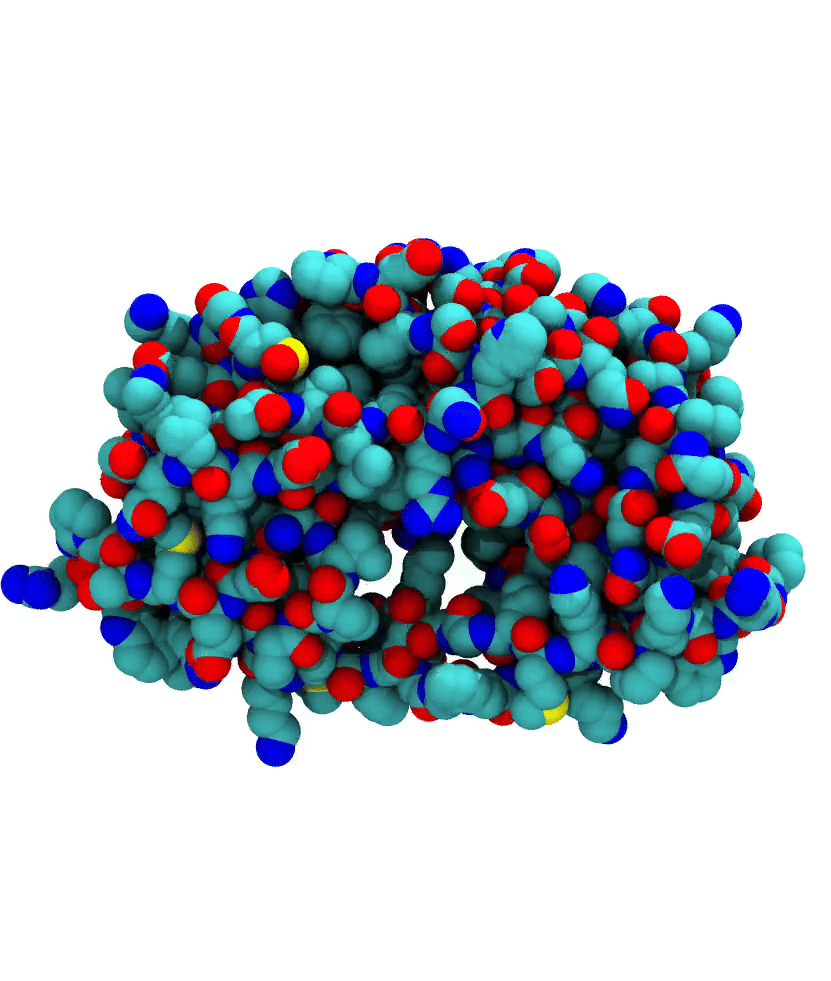Modern medicine often hinges on an invisible dance at the molecular level. Proteins twist, fold, and shift in our bodies, creating dynamic shapes that can be elusive to capture. When developing new treatments, it’s crucial to understand these movements—especially for a molecule known as a drug target.
“If we only had a single snapshot of these molecules, it would be like trying to design a key by looking at a locked door without ever seeing the inside of the lock.”
What Is a Drug Target?
A drug target is typically a protein that a medicine will bind to in order to achieve its therapeutic effect. Imagine driving a car on a road: if you don’t know how the road is built—or even if it exists—you’ll never arrive at your destination safely. Similarly, if researchers don’t grasp how a drug target is structured, drug design becomes guesswork.

The image above shows how molecules (drugs) can bind to an enzyme’s active site (competitive binding) or allosteric site (noncompetitive binding). This highlights the importance of knowing precisely where and how a drug meets its target.
Why the Drug Target Is So Important in New Drug Development
From the earliest stages of drug discovery, identifying and understanding the target is fundamental. This single piece of information sets the course for:
- Pre-clinical studies – Early lab research and animal tests.
- Phase 1 trials – First tests in humans, focusing on safety.
- Phase 2 trials – Larger trials that check efficacy and side effects.
- Phase 3 trials – Large-scale studies confirming effectiveness.
- Regulatory approval – Reviews by bodies like the FDA or EMA.
Below is a simple funnel illustrating the path from target discovery all the way to Phase 3 and FDA/EMA approval:

If the initial understanding of the target is flawed, downstream research and development can face setbacks or fail entirely. Essentially, everything else depends on getting the drug target right.
Capturing a Moving Target
Under real-life conditions in the body, proteins never sit still. They flex, stretch, wiggle, and breathe in subtle (and sometimes dramatic) ways. Current tools such as X-ray crystallography, AlphaFold (e.g., AlphaFold 2 or “AlphaFold 3”), and RoseTTAFold diffusion (RFdiffusion) can provide highly accurate protein structures, but they usually represent just one shape or a small set of possible shapes at a time.
Citations:
Example: HIV-1 Protease
A striking example of protein dynamics is HIV-1 protease, as seen in the GIF below. It opens and closes, revealing a pocket where a medicine can fit. If researchers only saw the “closed” shape, they might never discover how to block the virus effectively. This underscores why getting multiple conformations is key.

Major vs. Minor Conformational Changes
Minor changes: Sometimes proteins only undergo subtle “wiggles”—atoms might shift a fraction of a nanometer, yet that can be enough to affect how a drug binds.
Major changes: Other times, entire sections of the protein can swing open, rotate, or even separate. HIV-1 protease has a classic open/close switch, but many proteins have more complex movements that:
- Rearrange domains (large sections move relative to each other),
- Reorient flexible loops,
- Pivot or rotate entire domains.
The Challenge: Often Only One Snapshot
Despite the dynamic nature of proteins, much of drug discovery starts with one static shape from methods like X-ray crystallography or computational predictions. The reality is that a drug target can look very different in different conditions—leading to an incomplete understanding if only a single conformation is available.
Final Thoughts
The invisible dance of proteins is more than just a scientific curiosity. Getting the right information about these moving targets at the outset can guide the entire drug development pipeline, from pre-clinical stages all the way to regulatory approval. As technology evolves, capturing multiple conformations will be central to creating more effective therapies for a wide range of diseases.

Leave a Reply